Home>Garden Essentials>How To Harvest Radish Seeds
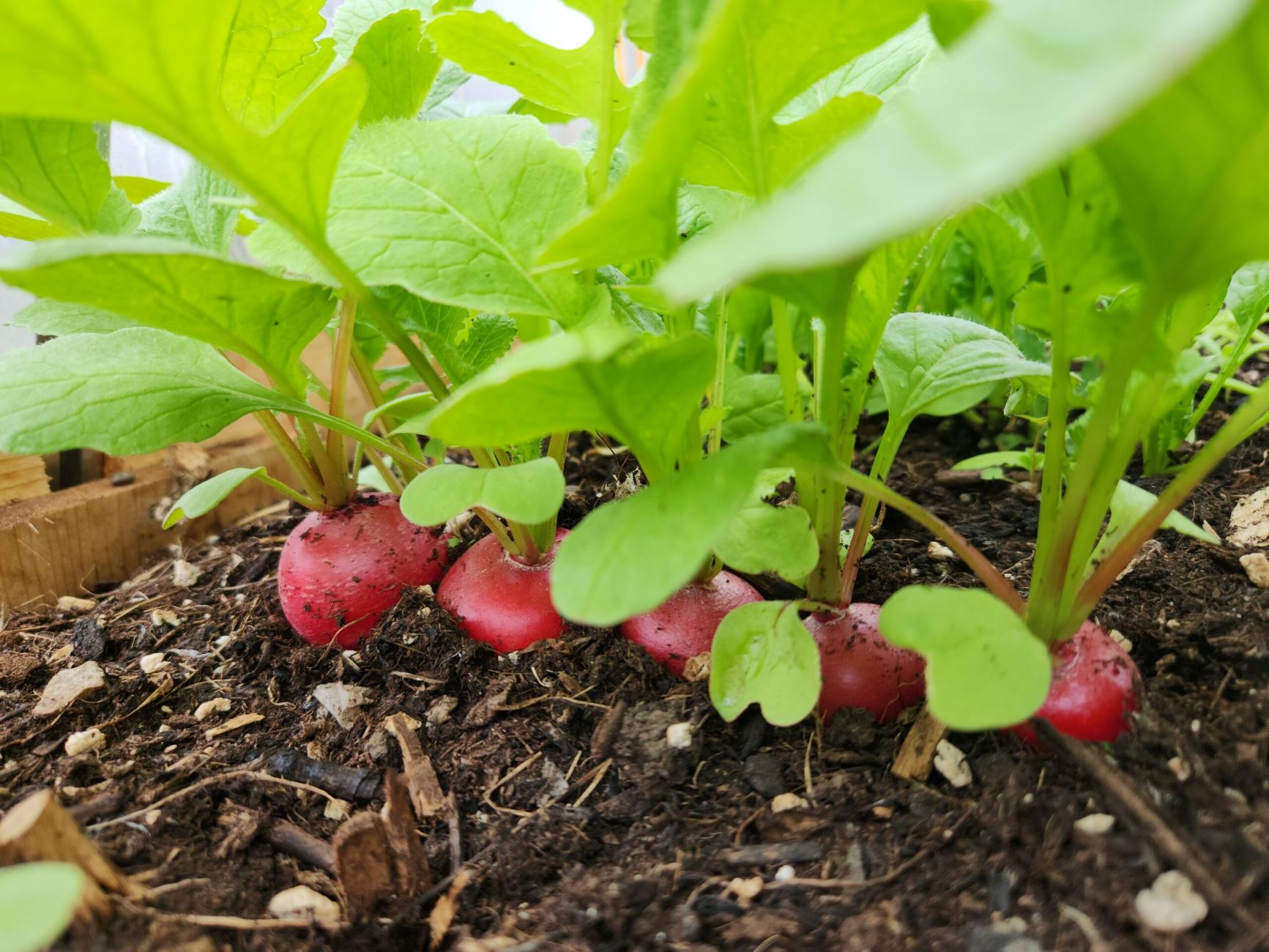

Garden Essentials
How To Harvest Radish Seeds
Modified: September 1, 2024
Learn how to harvest radish seeds from your garden. Discover the best techniques and tips for collecting and saving radish seeds for future planting.
(Many of the links in this article redirect to a specific reviewed product. Your purchase of these products through affiliate links helps to generate commission for Storables.com, at no extra cost. Learn more)
Introduction
Welcome to the world of radish seed harvesting! If you’re a passionate gardener or someone interested in growing your own food, then knowing how to harvest radish seeds is a skill worth acquiring. Radishes are not only delicious and nutritious root vegetables but also prolific seed producers. By learning the ins and outs of radish seed harvesting, you can save money, have a constant supply of seeds, and even contribute to the preservation of heirloom and rare varieties.
In this article, we will guide you through the process of harvesting radish seeds, from understanding the different radish varieties to knowing when and how to collect the seeds. We will also provide valuable tips and precautions to ensure a successful seed harvest. So, let’s dive in and unlock the secrets of radish seed harvesting!
Key Takeaways:
- Radish seed harvesting is a rewarding skill for gardeners, offering a continuous seed supply and the preservation of heirloom varieties. Choose open-pollinated radish types and harvest when pods rattle for best results.
- To successfully harvest radish seeds, monitor pod drying, collect pods when dry, and clean and store seeds properly. Select healthy plants, isolate varieties, and share seeds to promote biodiversity and sustainability.
Read more: How Fast Does A Radish Germinate
Understanding Radish Seed Harvesting
Before diving into the process of radish seed harvesting, it’s essential to understand a few key aspects. First and foremost, radishes belong to the Brassicaceae family, which includes other popular crops like broccoli, cabbage, and mustard greens. Like other members of this family, radishes produce seeds in small pods or siliques.
When you let your radishes grow beyond the edible root stage, they will bolt, which means they start to send up a flower stalk. This is when the plant begins to focus its energy on seed production. The flowers that appear on the stalk eventually give way to seed pods. These pods will mature and dry down over time, containing multiple radish seeds.
It’s important to note that not all radish varieties are suitable for seed saving. Some radishes, known as “wax” or “winter” radishes, require a more extended growing season to produce viable seeds. These radishes are typically grown into their second year to complete their life cycle.
On the other hand, most common radish varieties fall under the “spring” or “summer” category. These varieties are usually harvested for their roots, but with proper care, they can also produce ample seeds within a single growing season.
Understanding the life cycle and specific characteristics of radishes will help you choose the right varieties to grow if your main goal is to harvest seeds.
Choosing the Right Radish Varieties
When it comes to radish seed harvesting, selecting the right varieties is crucial. Not all radish varieties are created equal in terms of seed production and quality. Here are a few considerations to keep in mind when choosing the right radish varieties for seed saving:
- Open-Pollinated or Heirloom Varieties: Open-pollinated or heirloom radish varieties are the best choice for seed harvesting. These varieties tend to produce offspring that closely resemble the parent plant, ensuring the retention of desired traits. Examples of popular open-pollinated radish varieties include ‘French Breakfast,’ ‘Cherry Belle,’ and ‘Easter Egg’ radishes.
- Avoid Hybrid Varieties: Hybrid radish varieties, indicated by terms like “F1” or “hybrid” in their names, are the result of cross-pollination between different radish varieties. The seeds saved from hybrid radishes will not produce plants with the same characteristics as the parent plants. So, it’s best to steer clear of hybrid varieties if you are planning to save seeds.
- Maturity Duration: Radish varieties differ in the time it takes for them to mature and bolt. If you want to harvest seeds within a single growing season, choose radishes with shorter maturity durations. These radishes will bolt sooner and set seed pods earlier, giving you ample time to collect the seeds before the pods fully dry out.
- Climate Suitability: Consider the climate and growing conditions in your area when selecting radish varieties. Some radishes are better adapted to cooler temperatures, while others thrive in warmer climates. By choosing radish varieties that are well-suited to your climate, you increase the chances of a successful seed harvest.
Take some time to explore different radish varieties and their specific characteristics. Checking seed catalogs or consulting with local gardening experts can provide valuable insights into the best radish varieties for seed saving in your region.
When to Harvest Radish Seeds
Determining the optimal time to harvest radish seeds requires careful observation and timing. You want to make sure that the seed pods have matured adequately, but you also need to collect them before they shatter and disperse the seeds. Here are a few indicators to help you determine when the radish seeds are ready for harvest:
- Drying Pods: Keep an eye on the seed pods as they progress in their development. Initially, the pods will be green and plump. As they mature, they will start to dry out and turn brown or tan in color. This drying process takes several weeks, so be patient and monitor the pods regularly.
- Rattling Sound: Gently shake the seed pods. If you hear a distinct rattling sound, it’s a sign that the seeds have likely fully developed and are ready to be harvested. The rattling occurs when the seeds inside are loose and detached from the pod walls.
- Fading Flowers: Once the flowers on the radish plants have faded and fallen off, it’s a good indicator that seed development is underway. The flowers are usually replaced by small green seed pods, which will turn brown and dry up over time.
- Pod Appearance: Pay attention to the appearance of the seed pods. They should be dry, brittle, and papery when touched. Avoid harvesting the pods when they are still green and pliable, as the seeds are not fully matured at that stage.
- Timing: Depending on the variety, radish seed pods can take around 4 to 6 weeks to fully develop and dry down. Be mindful of the growing season and the expected time for seed maturity. Make sure to mark your calendar or use plant tags to keep track of when you planted the radishes and when they are likely to reach the seed harvest stage.
Remember, it’s better to harvest radish seeds a little early than too late. If you wait too long, the pods may shatter, and the seeds can scatter, diminishing your harvest. Aim to collect the seed pods when they are mostly dried but still intact.
Now that you know when to harvest radish seeds, let’s move on to the step-by-step process of collecting them from the plants.
After the radish plant has finished flowering, allow the seed pods to dry on the plant. Once the pods are brown and dry, collect them and remove the seeds for planting or storage.
Steps for Harvesting Radish Seeds
Harvesting radish seeds involves a series of simple steps to ensure you collect the seeds efficiently and without causing damage. Follow these guidelines to successfully harvest radish seeds:
- Allow the Radishes to Bolt: Let your radishes grow beyond the edible stage, allowing them to bolt and send up a flower stalk. This signifies that the plant is shifting its energy towards seed production.
- Observe the Seed Pods: Monitor the seed pods as they undergo the drying process. When the pods begin to turn brown and become dry and brittle, they are ready for harvesting. Avoid collecting pods that are still green and pliable, as the seeds inside may not be fully matured.
- Gently Harvest the Seed Pods: To avoid damaging the tender seed pods, use your fingers or a pair of scissors to carefully remove them from the plant. Make sure to handle them delicately to prevent any premature pod splitting.
- Collect the Seed Pods in a Container: Place the harvested seed pods in a clean and dry container. Ensure that the container is labeled with the variety and the date of collection. This will help you keep track of different seed batches.
- Allow for Further Drying: After harvesting, give the seed pods some time to continue drying. You can do this by leaving them in a well-ventilated area, away from direct sunlight and excessive moisture. This additional drying period will help ensure that the seeds are fully mature and ready for storage.
- Threshing the Seeds: Once the seed pods are completely dry, gently crush them to release the seeds. You can do this by rolling the pods between your fingers or using a mortar and pestle. Be careful not to crush the seeds themselves. Alternatively, you can also place the pods in a clean cloth bag and gently beat it against a hard surface to separate the seeds from the pods.
- Cleaning the Seeds: After threshing, remove any plant debris or chaff from the seeds by winnowing. This can be done by gently blowing over the seeds or using a fine sieve to separate the heavier seeds from the light debris.
- Label and Store the Seeds: Once the seeds are clean, transfer them to a labeled envelope or airtight container. Include the variety, date of collection, and any relevant information on the container. Proper labeling will help you keep track of the seeds and ensure their viability.
Following these steps will allow you to effectively harvest radish seeds and start building your seed bank for future plantings or sharing with fellow gardeners.
Read more: How To Harvest Rosemary Seeds
Cleaning and Storing Radish Seeds
Proper cleaning and storage are essential for ensuring the longevity and viability of radish seeds. Follow these steps to clean and store your harvested radish seeds:
- Thoroughly Dry the Seeds: Before storing the seeds, make sure they are completely dry. This will prevent any moisture from causing mold or mildew during storage. Spread the seeds out on a clean, dry surface, and allow them to air dry for a few days. Ensure that they are not exposed to direct sunlight or excessive humidity.
- Remove Any Remaining Debris: After the seeds have dried, inspect them carefully for any remaining plant debris or chaff. Gently blow over the seeds or use a fine sieve or strainer to separate the seeds from any lightweight debris. You want to ensure that the seeds are as clean as possible before storage.
- Perform a Viability Test: If you’re unsure about the quality or viability of your harvested seeds, you can perform a simple germination test. Place a small number of seeds on a moist paper towel or in a tray of seed-starting mix. Keep them in a warm and well-lit area for a week and observe how many seeds germinate. This will give you an idea of the seed’s viability and help you determine if they are worth storing for future use.
- Label and Package the Seeds: Once the seeds are clean and dry, transfer them to a labeled envelope or airtight container. Include essential details such as the variety, date of collection, and any additional notes. Proper labeling will help you easily identify the seeds and their characteristics in the future.
- Choose the Right Storage Container: Select a container that is airtight and moisture-proof to store your radish seeds. Mason jars, resealable plastic bags, or seed storage envelopes are all suitable options. Ensure that the container you choose is clean and dry before adding the seeds.
- Store in a Cool and Dark Location: Place the sealed container of radish seeds in a cool, dry, and dark location. Avoid exposing the seeds to direct sunlight, fluctuating temperatures, or excess humidity. A temperature-controlled basement, pantry, or refrigerator can be ideal storage locations for maximizing seed longevity.
- Check and Rotate Seed Stock: Periodically check your stored seeds for any signs of moisture, mold, or insect infestation. If you notice any issues, discard the affected seeds and make the necessary adjustments to your storage conditions. Additionally, it is recommended to rotate your seed stock every few years to ensure you are using the freshest seeds possible.
By following these cleaning and storage practices, you can prolong the life of your radish seeds and ensure their viability for successful future plantings.
Tips and Precautions for Radish Seed Harvesting
Harvesting radish seeds can be a rewarding experience, but it requires attention to detail and careful consideration. Here are some tips and precautions to keep in mind for a successful radish seed harvest:
- Select the Healthiest Plants: Choose radish plants that are healthy, vigorous, and free from disease or pest infestation for seed production. Strong, robust plants are more likely to produce high-quality seeds.
- Isolate Varieties: If you are growing multiple radish varieties and want to ensure pure seed saving, it’s important to isolate different varieties. Radishes can cross-pollinate with other radish varieties or wild relatives, leading to offspring with mixed traits. To prevent cross-pollination, either grow one variety at a time or separate different varieties by a sufficient distance or time.
- Monitor for Bolting: Keep a close eye on your radish plants as they approach the harvest stage. The moment you notice the flower stalks starting to emerge, be prepared for seed production. This will help you schedule and plan your seed harvest accordingly.
- Consider Bagging for Controlled Pollination: To further ensure pure seed saving, you can use breathable bags or mesh fabric to completely enclose the flower stalks. This technique, known as bagging, helps prevent unwanted cross-pollination from insects or wind-borne pollen while still allowing for air circulation.
- Practice Sanitation: Maintain cleanliness and good sanitation practices during the seed harvest process. Remove any dead plant material, weeds, or debris from the garden bed to minimize the risk of diseases or pests spreading to the seed pods.
- Store Seeds Separately: If you are saving seeds from multiple radish varieties, make sure to store them separately to maintain their distinct characteristics. This will prevent any unwanted mixing and confusion when it’s time to use or share the seeds.
- Learn from Experience: Keep a gardening journal or record notes about your radish seed-saving endeavors. Document the varieties grown, the time of seed harvest, the success rate, and any lessons learned. This will help you refine your seed-saving techniques over time.
- Start Small: If you’re new to radish seed harvesting, it’s a good idea to start with a small batch. This way, you can gain experience and fine-tune your techniques before scaling up your seed-saving endeavors.
- Share and Exchange: Radish seeds can be shared and exchanged with other gardeners to promote genetic diversity and preserve rare or heirloom varieties. Participate in seed swap events or join seed-saving communities to expand your collection and contribute to the seed-saving movement.
Following these tips and precautions will help you optimize your radish seed harvest and increase your chances of successful seed-saving year after year.
Conclusion
Congratulations! You’ve now learned the art of radish seed harvesting. By understanding the process, selecting the right varieties, knowing when to harvest, and following the proper steps for seed collection, cleaning, and storage, you can successfully save radish seeds for future plantings.
Radish seed harvesting allows you to save money, have a continuous supply of seeds, and even contribute to the preservation of heirloom and rare radish varieties. It’s a rewarding experience that deepens your connection to the natural world and empowers you to take control of your own food production.
Remember, patience and attention to detail are key when it comes to radish seed harvesting. Monitor your plants as they transition from root production to seed production. Observe the seed pods as they mature, ensuring they are dry and ready for collection. Clean the seeds thoroughly and store them in a cool, dark, and dry place for long-term viability.
As you gain experience in radish seed harvesting, don’t be afraid to experiment, discover new varieties, and share your seeds with other like-minded gardeners. The beauty of seed-saving lies in its potential to bring people together, foster biodiversity, and create a sustainable future.
So, embrace the joy of growing radishes, relish their delicious roots, and savor the satisfaction of collecting and preserving their precious seeds. Happy radish seed harvesting!
Frequently Asked Questions about How To Harvest Radish Seeds
Was this page helpful?
At Storables.com, we guarantee accurate and reliable information. Our content, validated by Expert Board Contributors, is crafted following stringent Editorial Policies. We're committed to providing you with well-researched, expert-backed insights for all your informational needs.
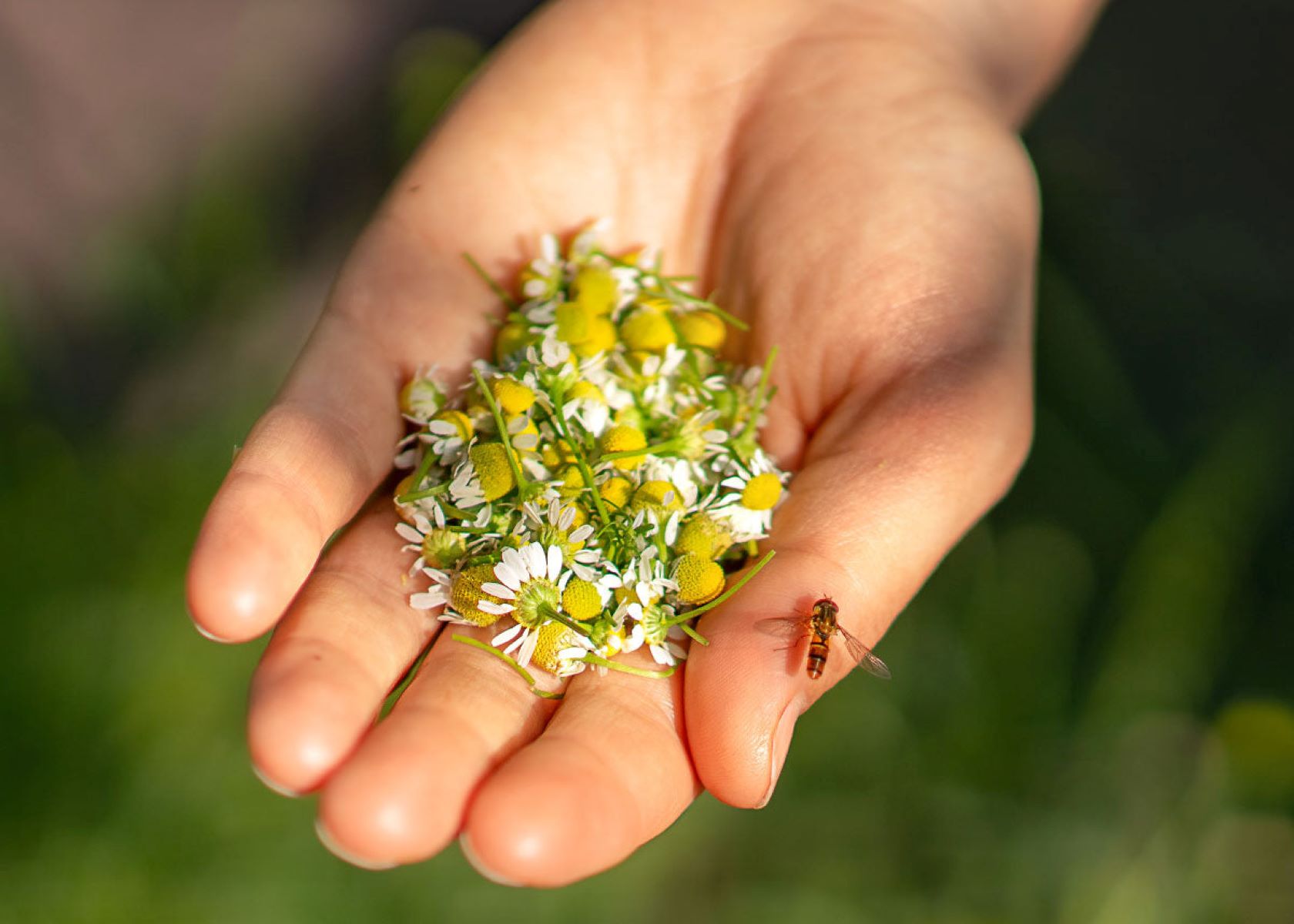
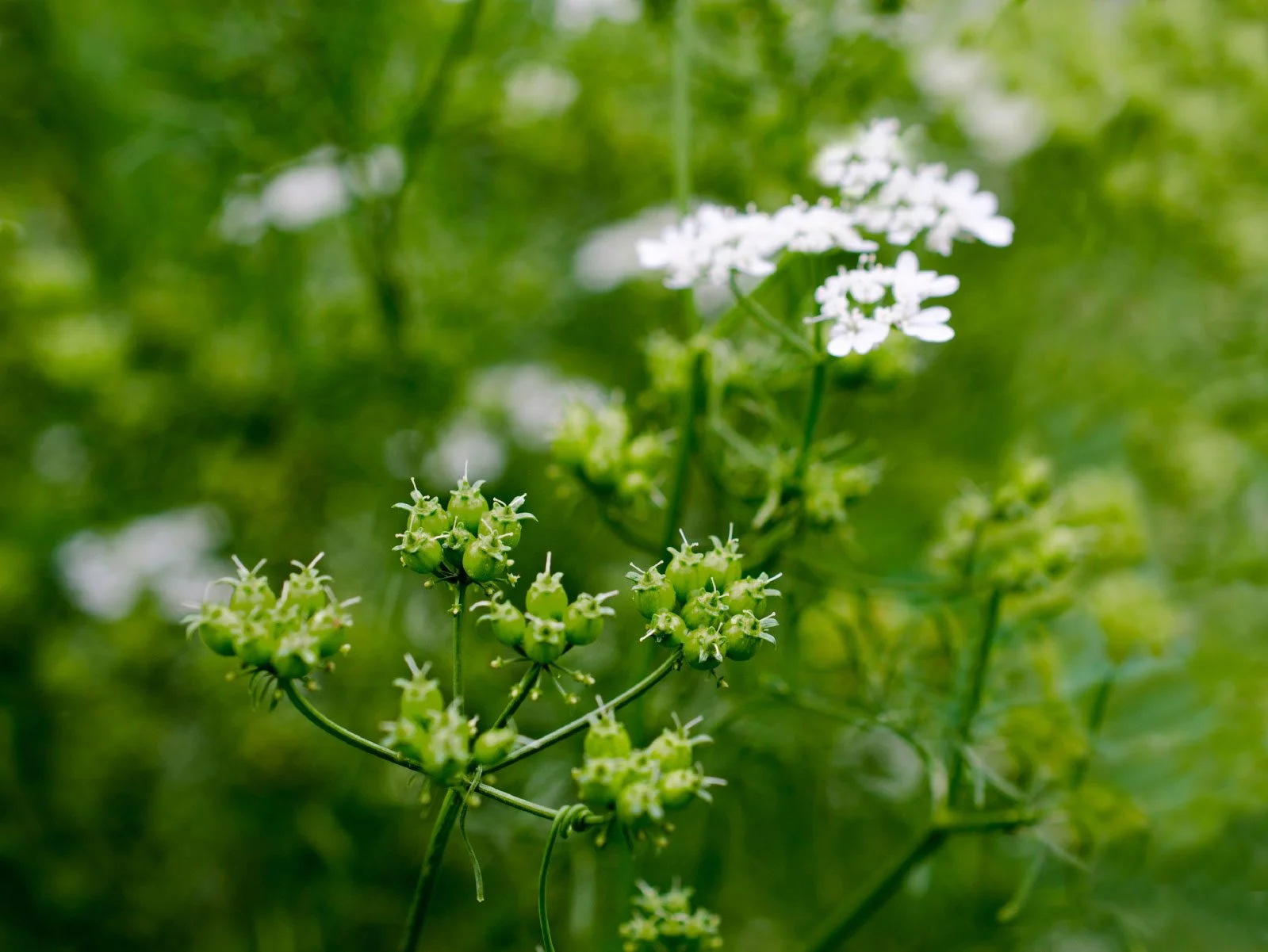
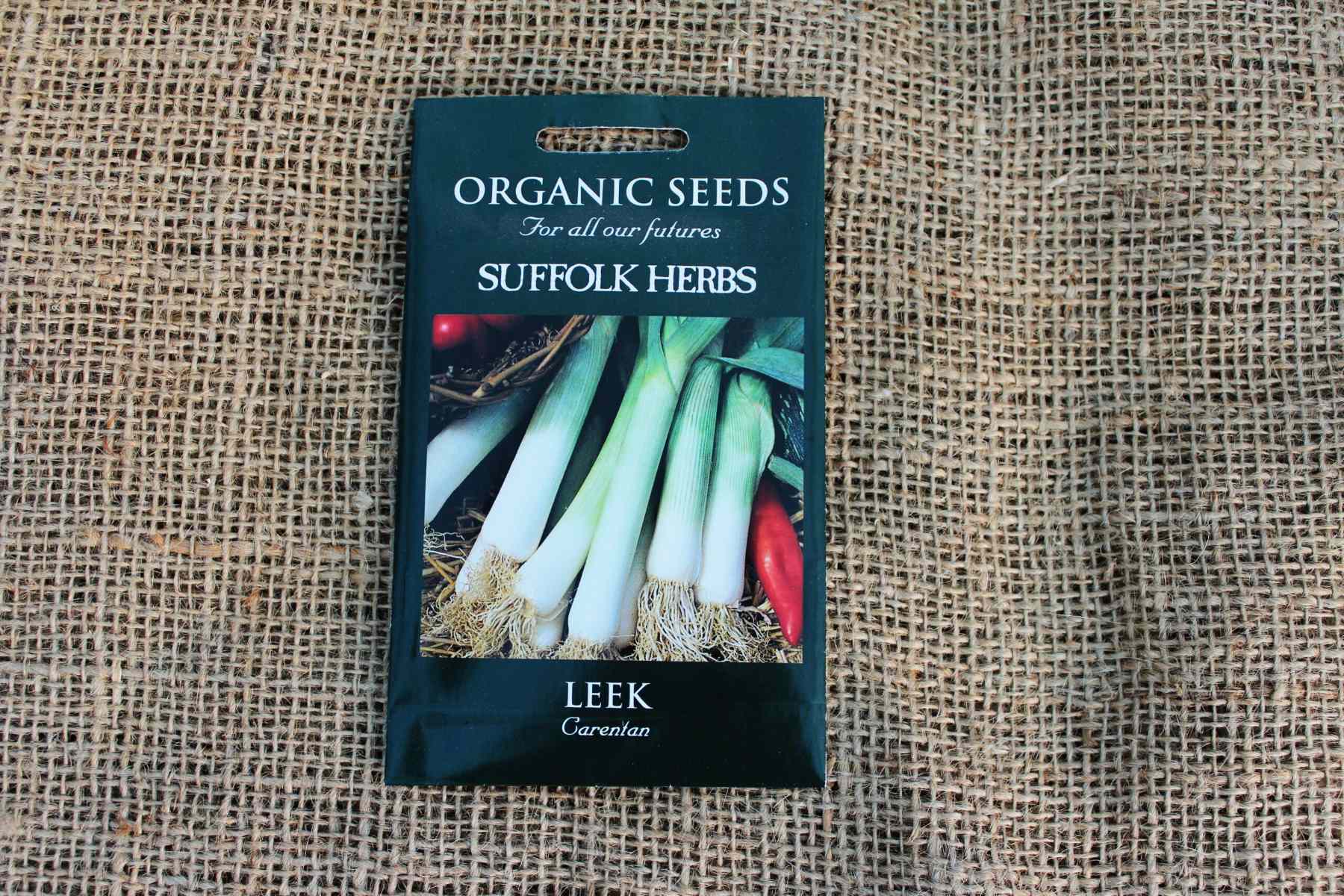
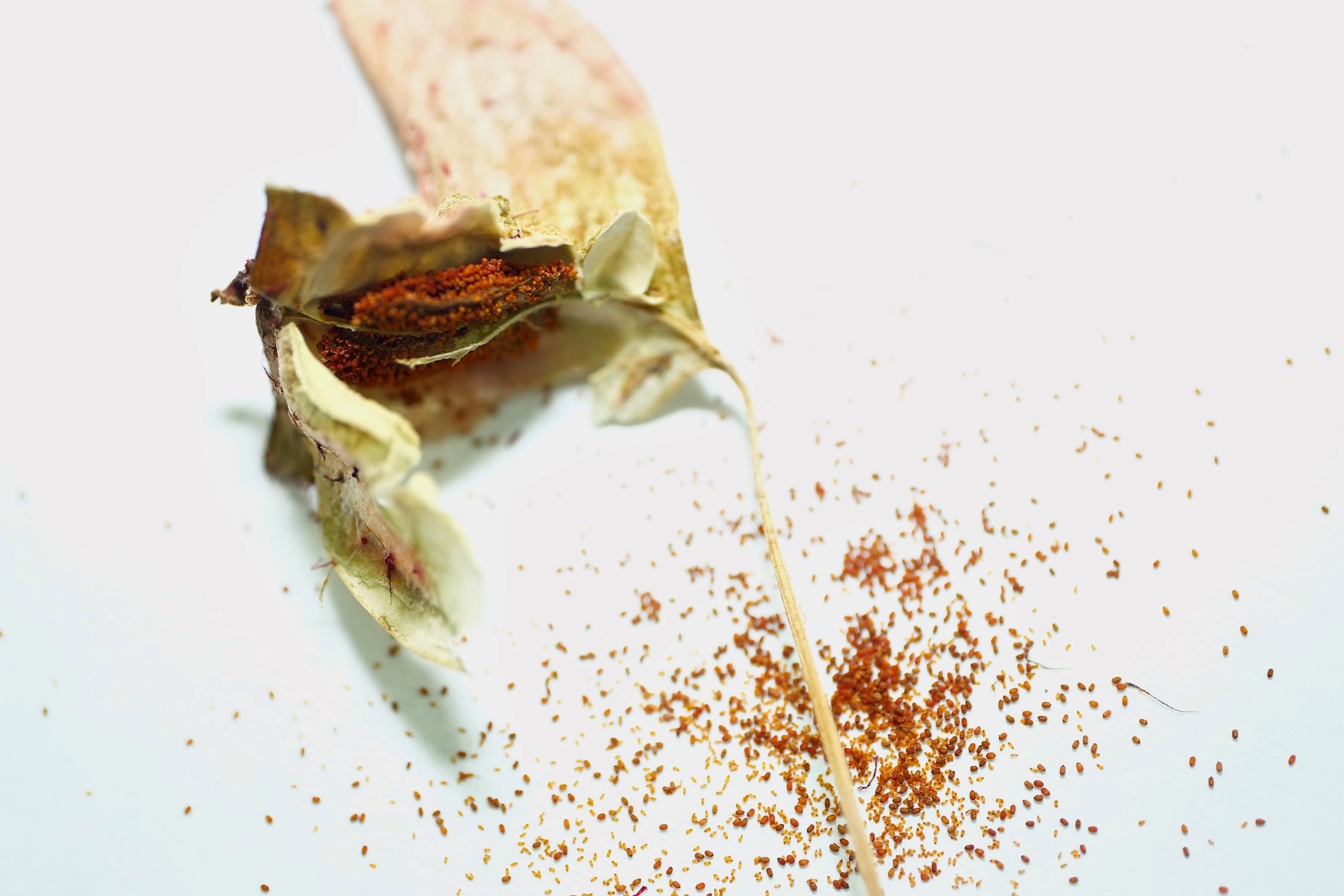
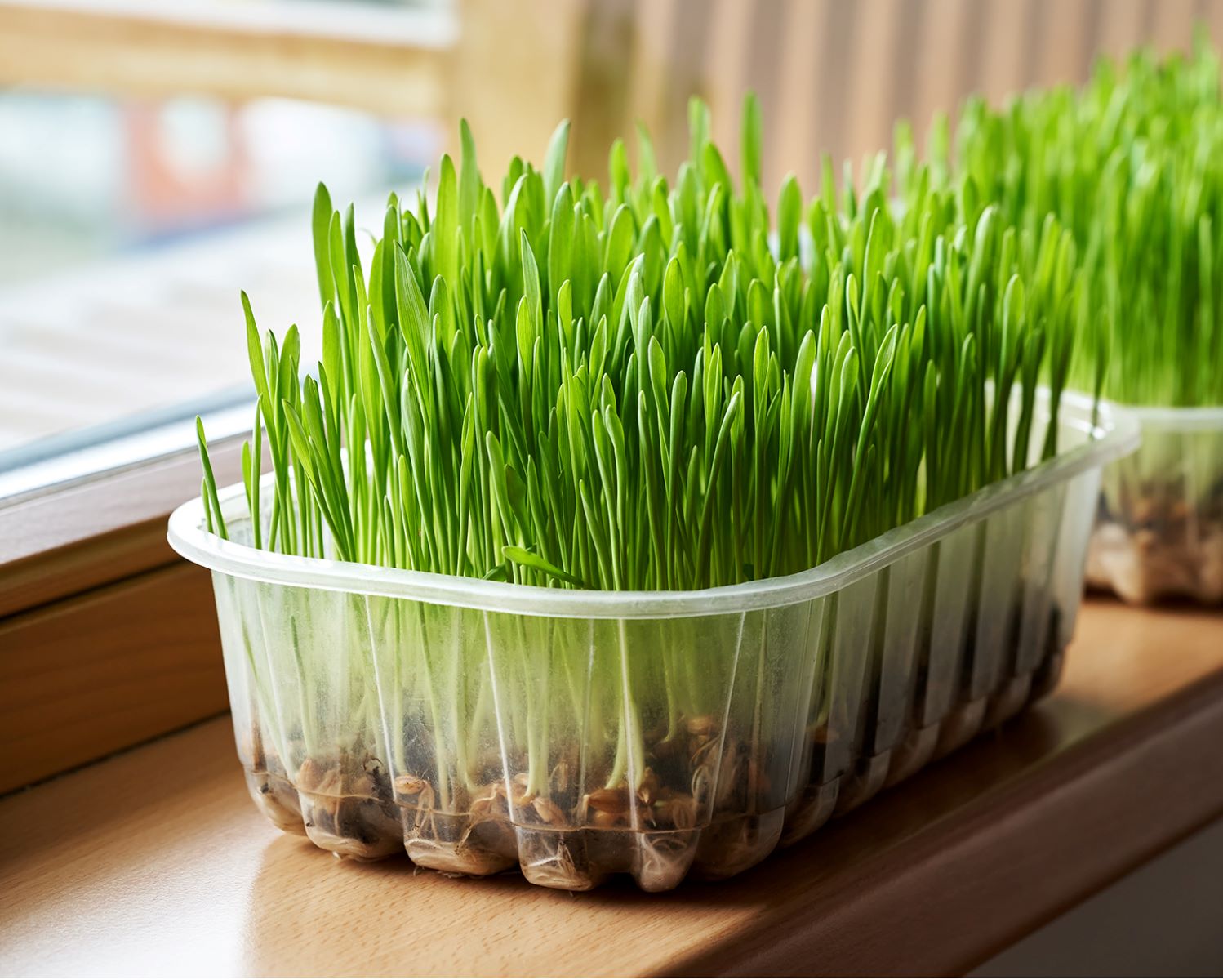
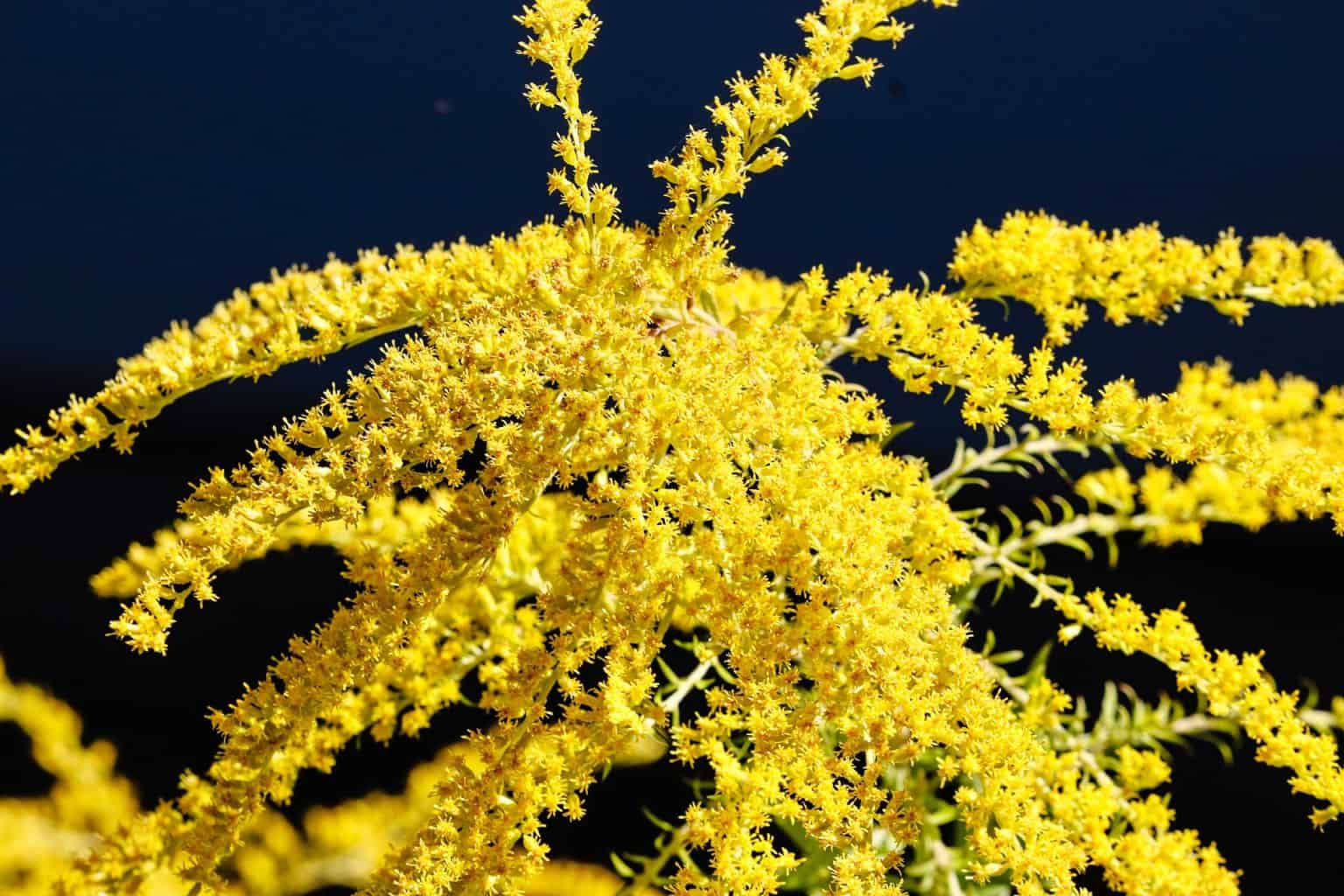
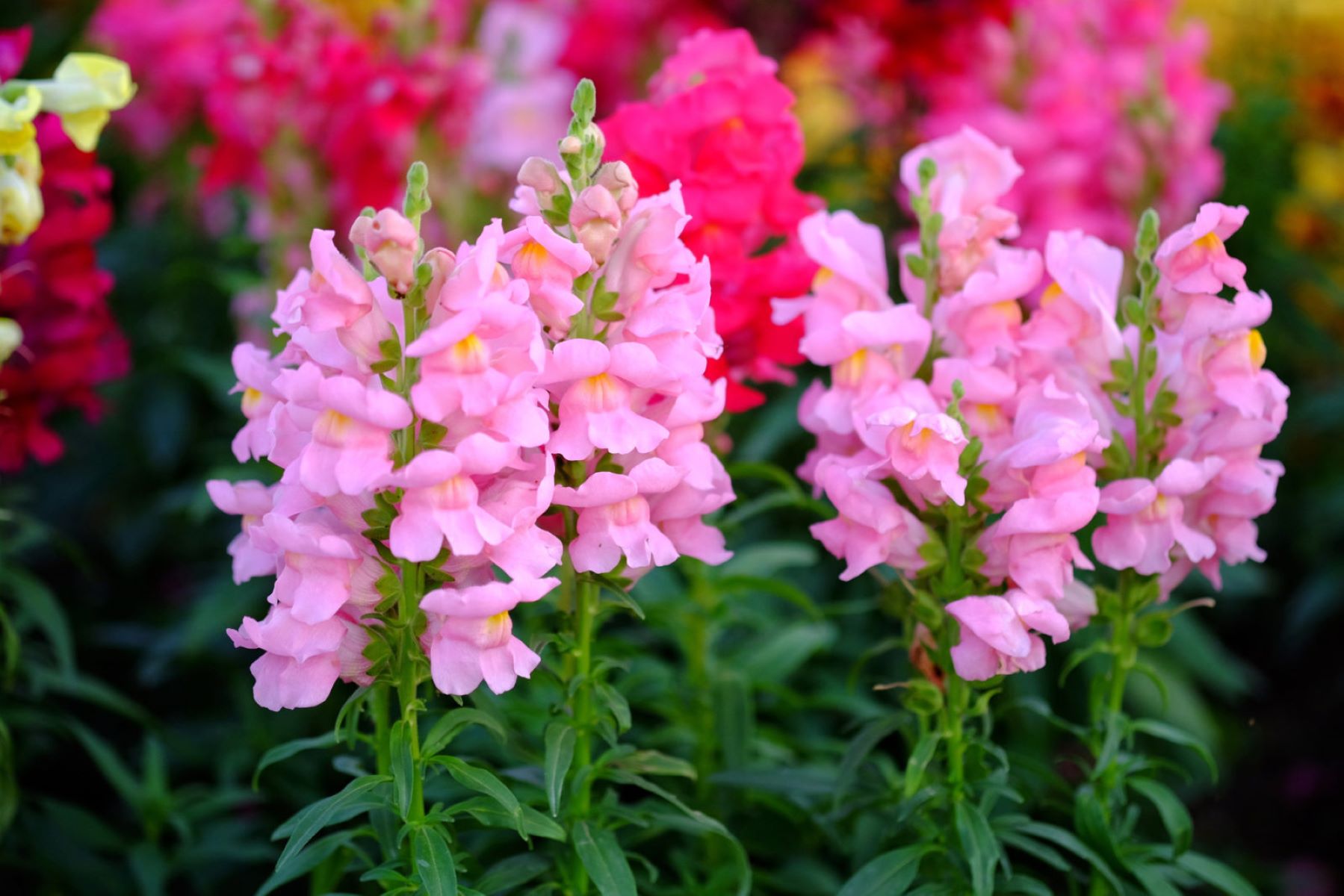
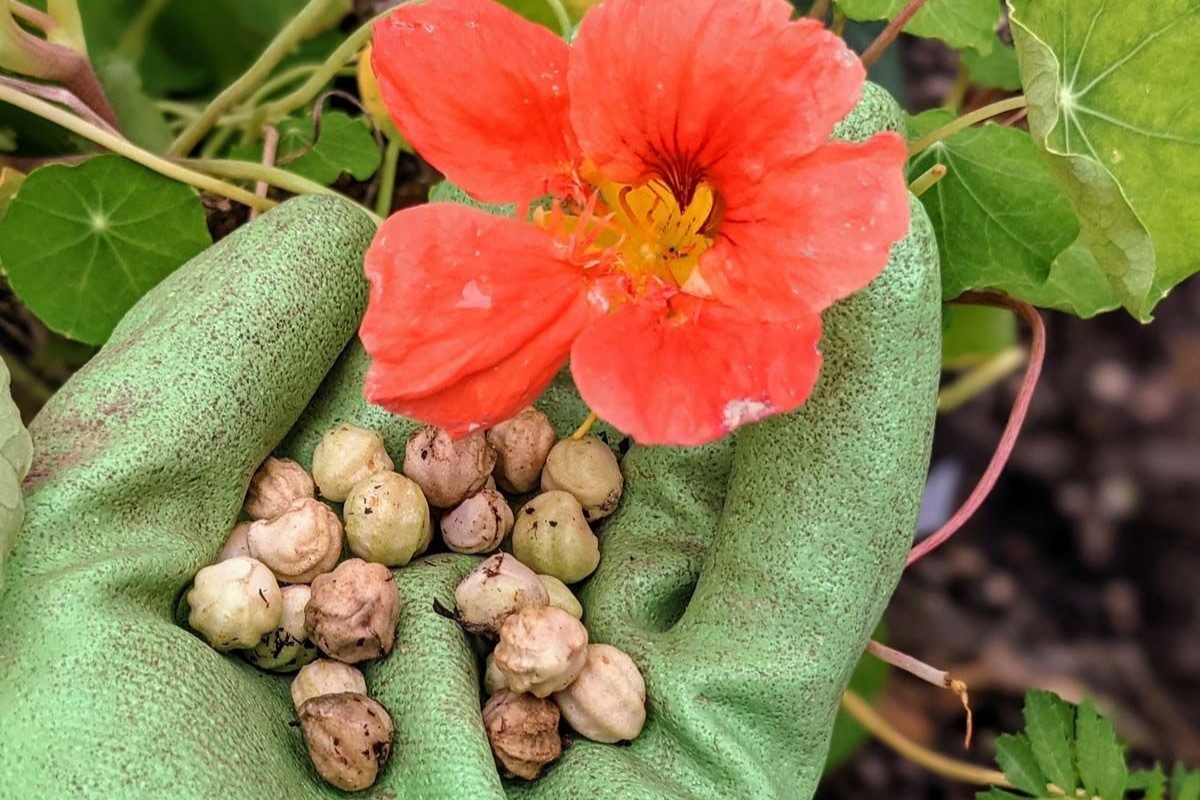
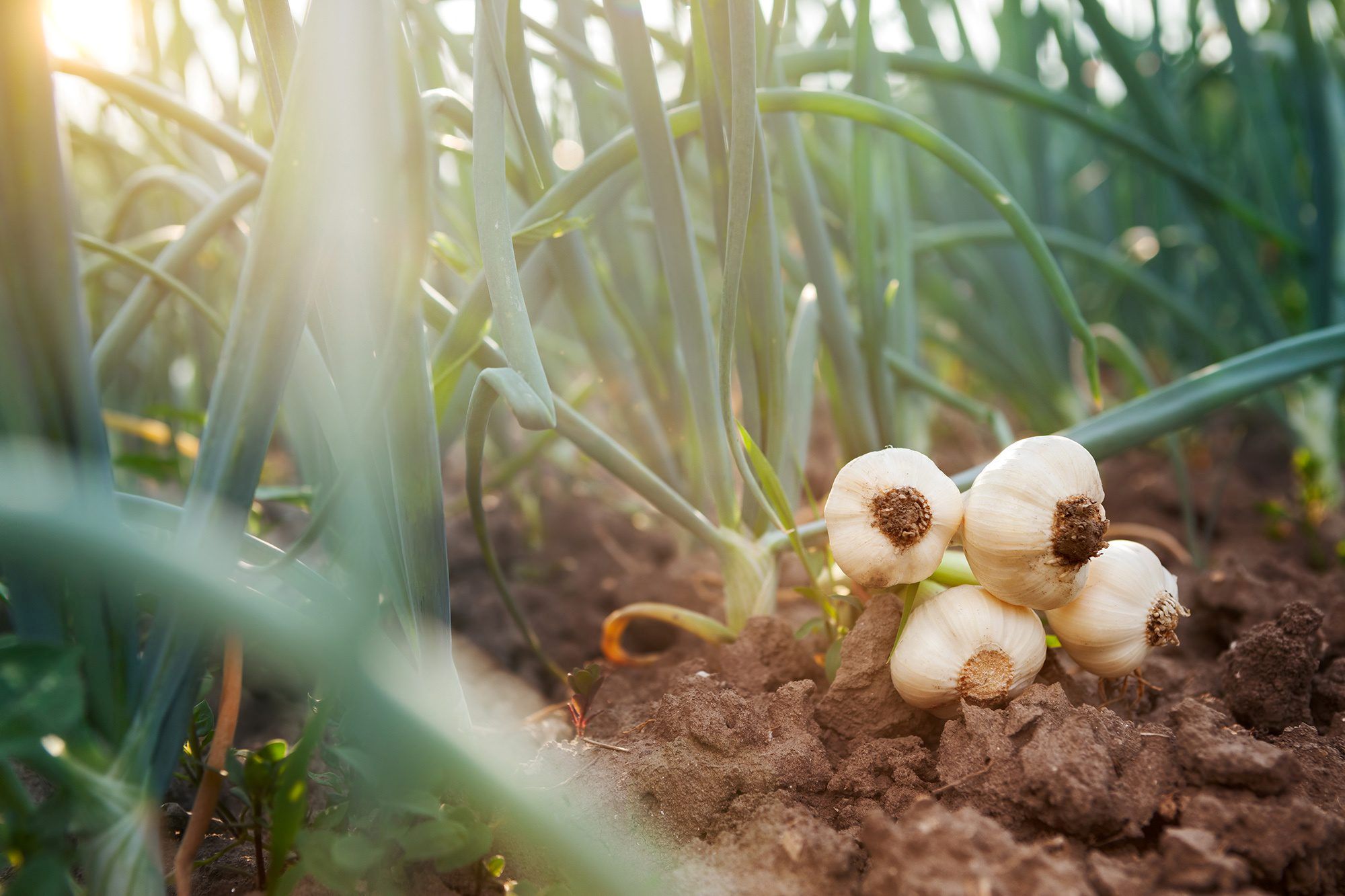
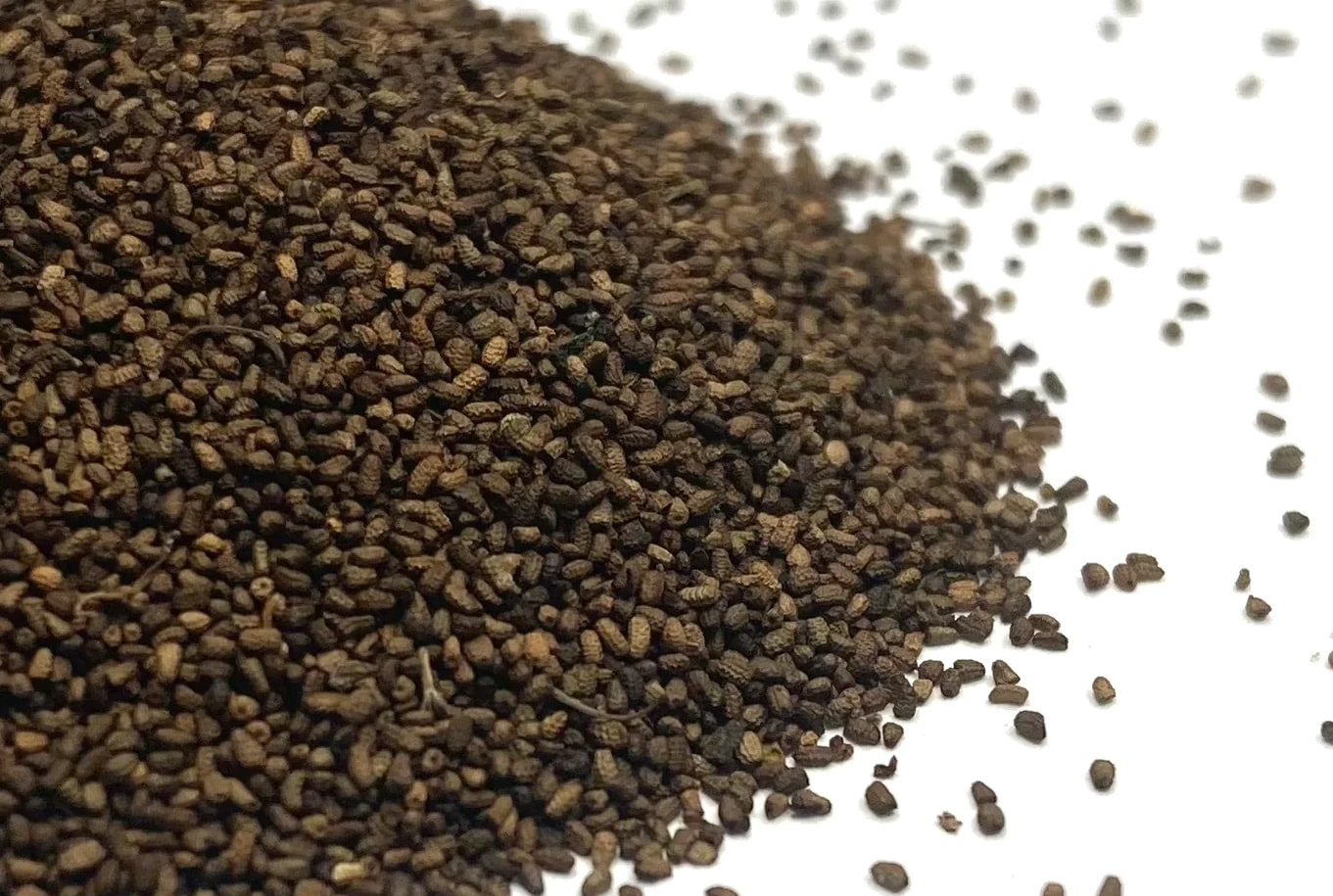

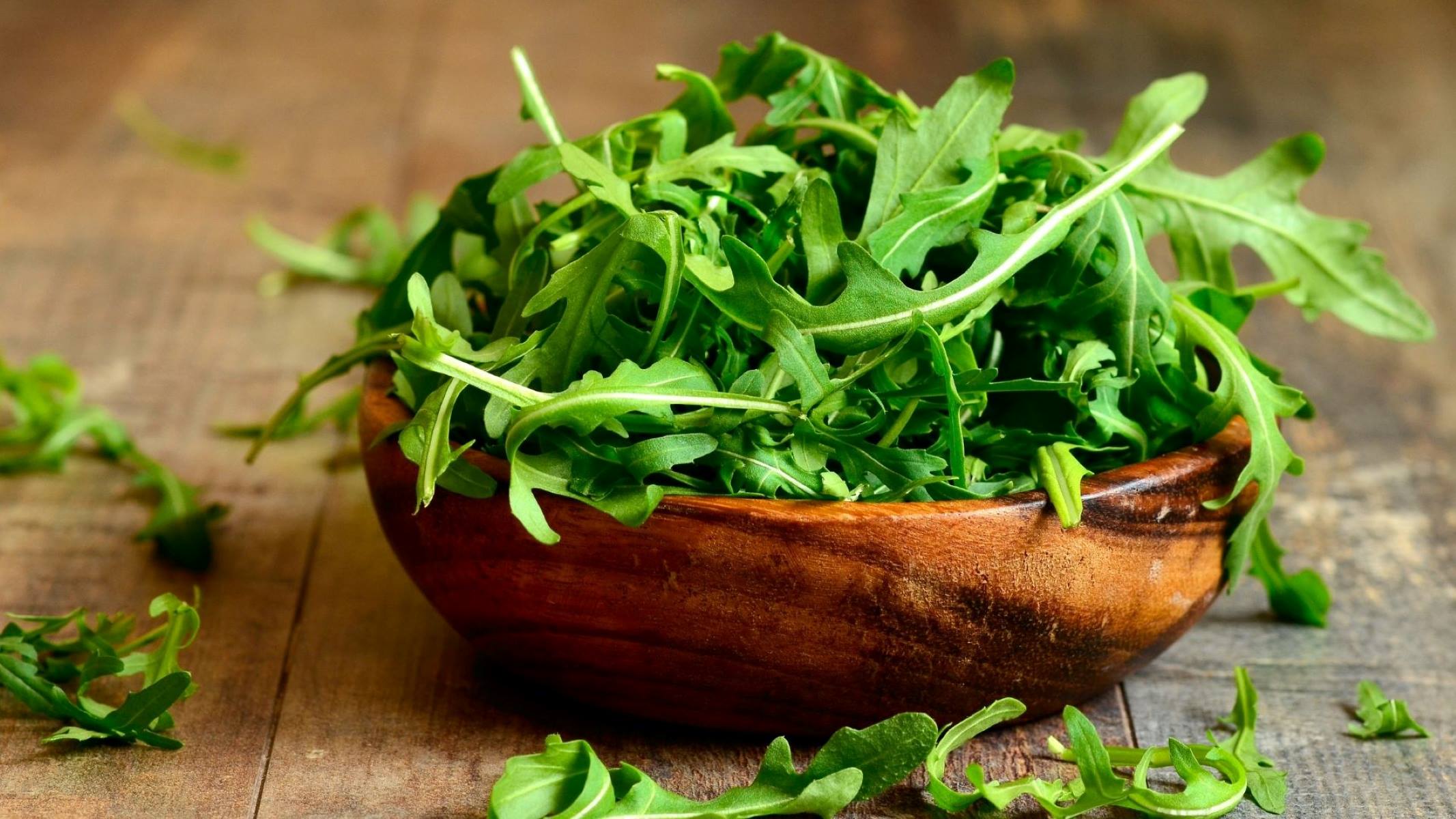
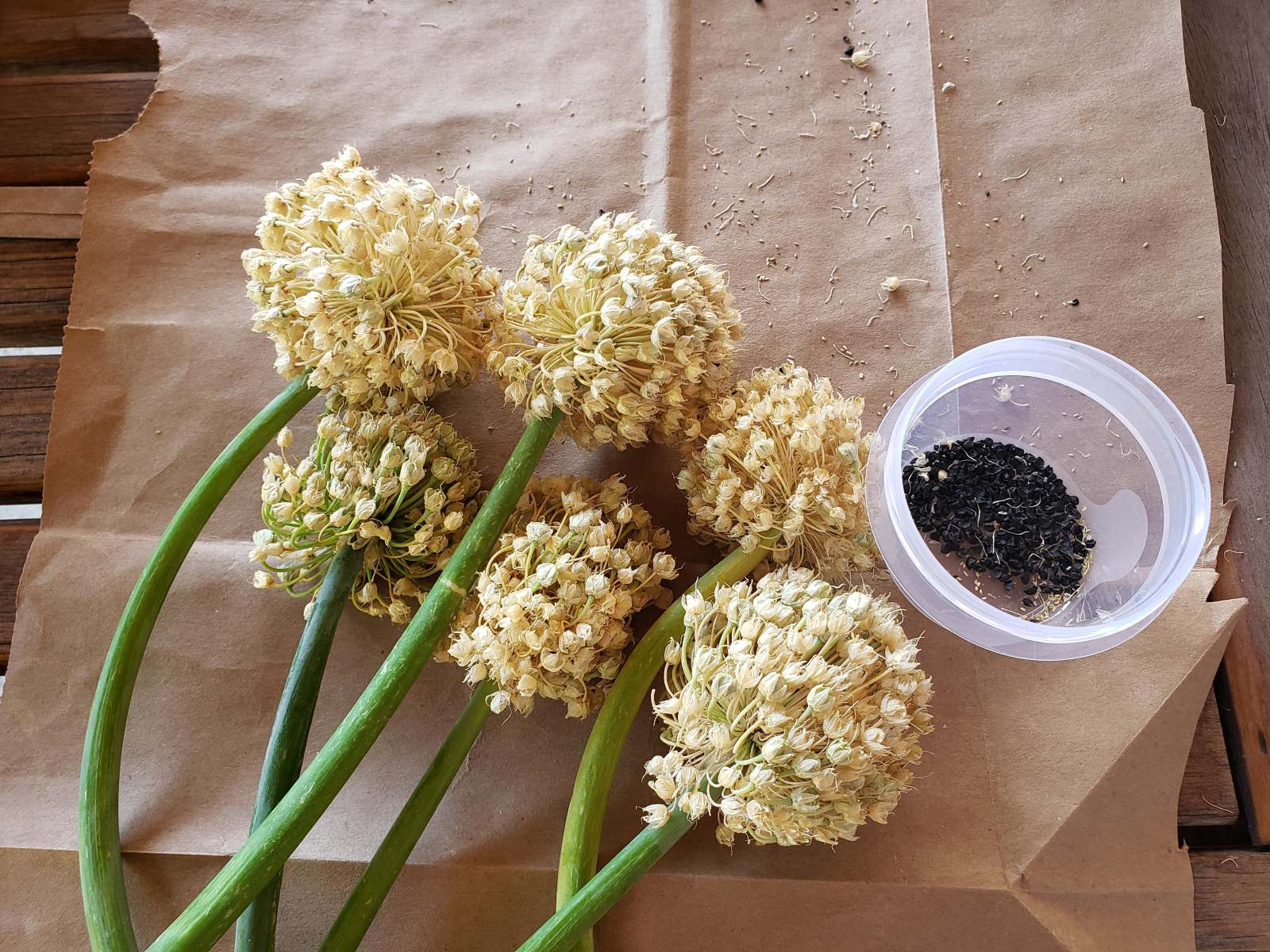
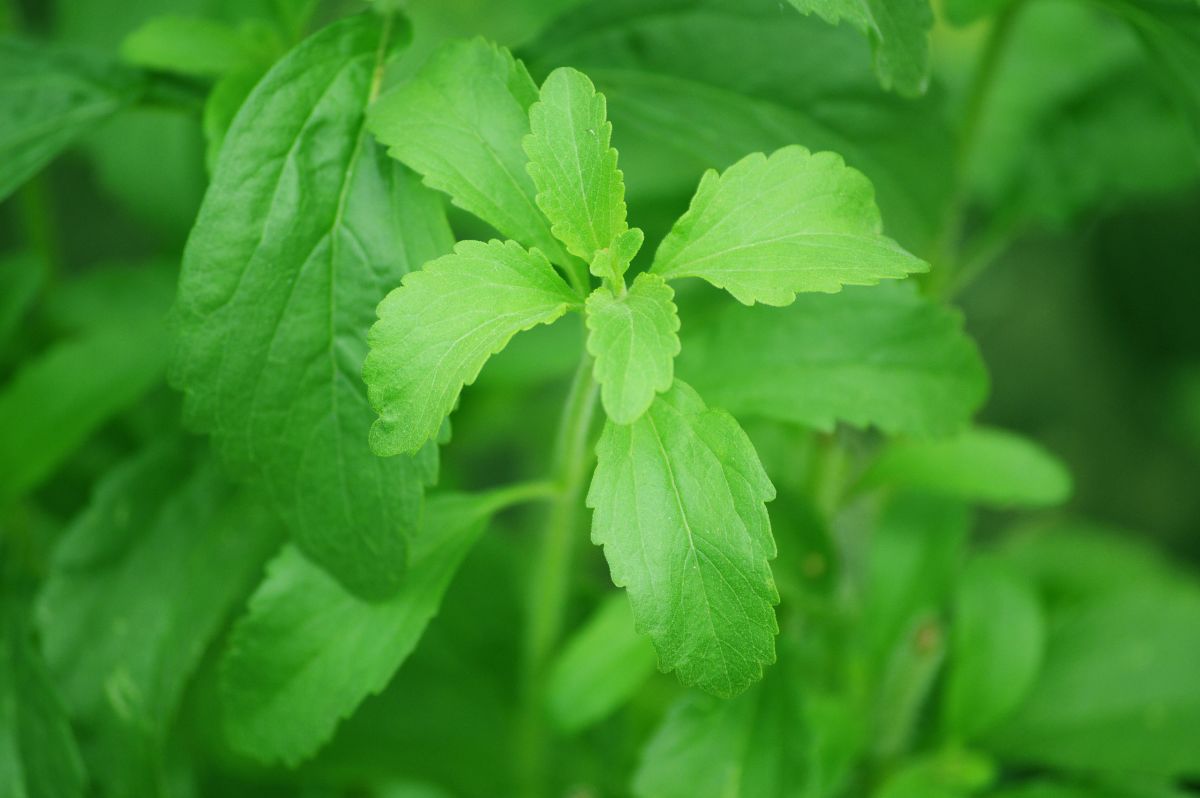

0 thoughts on “How To Harvest Radish Seeds”